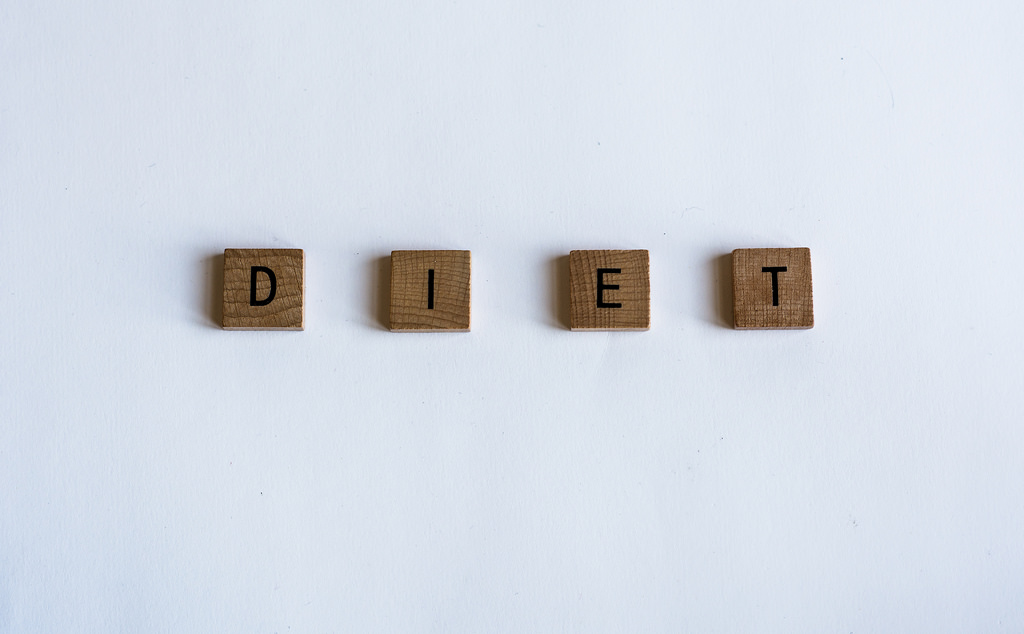How to Mindfully Eat to Lose Weight: A Step by Step Guide
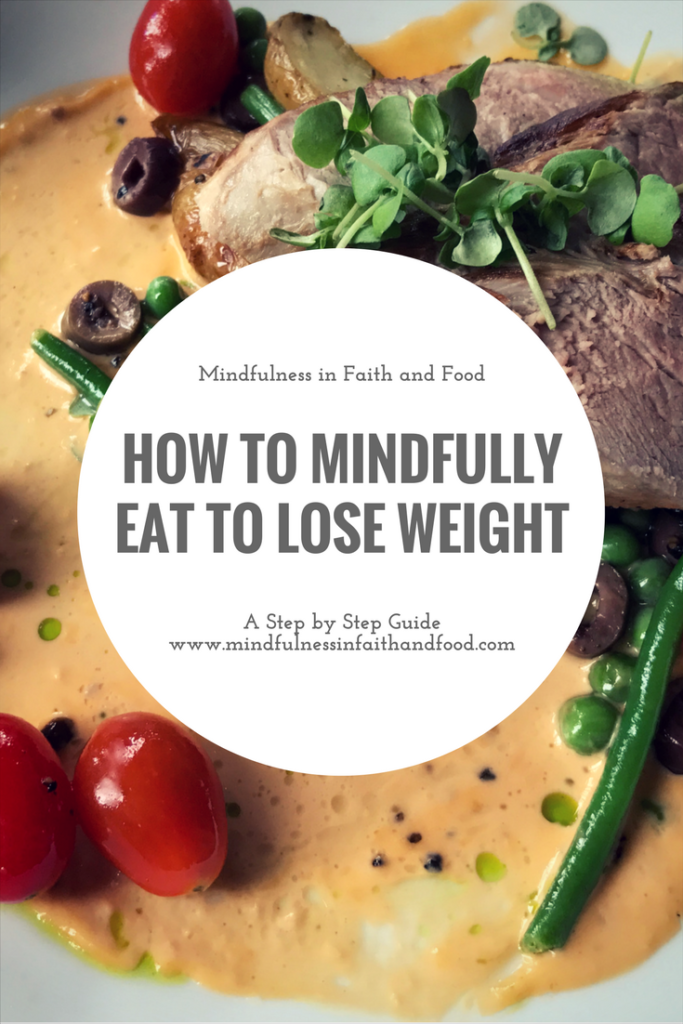
Instead of focusing on restricting foods, when you mindfully eat, you focus on having high quality, relaxed, and pleasurable eating experiences. With Mindful eating, you learn to eat when you are hungry and only when you are truly enjoying your food.
Disclosure: This site may provide affiliate links. (See full disclosure)
I had a client once tell me that the last bite on her plate always tastes the best because that is the only bite she notices. She then always wants a second helping because she didn’t pay attention while she was eating the first serving! So how do you know if you are mindlessly eating? If you are grabbing bits of food here and there without thinking about your food, you are probably mindlessly eating. Are you scooping up your next bite while you are still chewing your first bite? If so, you are probably mindLESSly eating. If you are a fast eater, then you are probably mindLESSly eating?
So what are the steps to mindfully eating?
(Remember, for every step of the eating process, from preparing, plating, and tasting your food, you should focus on being aware of the moment you are in. Enjoy every moment!
Step 1: Preparing your food

When preparing, focus on the joy of cooking. Notice the colors and smells, and notice the sounds of your food sizzling and the feel of the spoon as you saute’. You may want to save the nibbling until you sit down to eat. You will probably enjoy your food more while sitting at the table.
Step 2: Plating your Food
When plating your food, be conscious of how much you are plating. PAUSE and ask yourself is this a reasonable amount of food? Do not starve yourself. Don’t eat so little at one meal or throughout the day that you binge the next day. Just look and ask yourself is this a reasonable amount of food. Think about a healthy, nourishing plate vs. an over-the-top plate. How does your plate compare?
One technique that may help in combination with mindfully eating is to plate your food on a smaller salad plate.
*You can find more of tips to use in combination with mindfully eating in The Nourishing Meal Builder
Before sitting down, PAUSE to make sure you were not mindlessly piling on the food. You will notice pausing is crucial to the mindful eating process.
Step 3: Eating your Food
Remember to sit down and eat from a plate. Before putting a bite in your mouth, PAUSE. Really notice the food. Thank God for this time to enjoy your food. Notice the color, textures, and smells before your first bite. Continue to do this for every bite. Put your fork down between each bite. Prepare the next bite after you have swallowed and taken a sip of drink. Take a sip of drink between each bite. During the meal, PAUSE occasionally to notice if you are full and ask yourself questions. Ask questions like “Am I full?”; “How does this bite taste?”; “Am I enjoying my food?” Asking these questions helps you stay mindfully aware throughout the meal. You will be surprised at how full and satisfied you will start to feel. The key is pausing before you put food into your mouth.
Step 4: Snacking on Food:
Just like with a meal, PAUSE before and during the snack to ask yourself if you are mindfully snacking. Before putting a bite in your mouth, ask yourself “Is this mindLESS eating?” If the answer is ‘yes’, then perhaps you will want to save your food for when you can truly enjoy it.
Examples of mindLESS snacking are during cooking, store samples, social nibbling, dinner clean up, and (my issue) cold toddler leftovers. If the answer is ‘yes, I am mindlessly eating’, then ask yourself why? Are you bored, stressed, or tired and wanting to eat even when you are not physically hungry? Remember, you can learn more about how to mindfully eat in The Nourishing Meal Builder. If you ask yourself the question, “Are you hungry?” and you are hungry, get a plate, sit down, and follow steps 1 through 3.
Step 5: Eating at Restaurants
Ask the waitress for a box as soon as your food arrives. Mindfully, fill the box with food from your plate until your plate looks like an appropriate meal. Remember mindfulness is being aware of what you are doing at each moment. Be aware of what you are leaving on your plate. Then, follow step 3 to eat your food.

Why does Mindfully Eating Work?
By eating this way, you will notice that you are full and satisfied without overeating. You may even notice that you are craving more high quality foods.
Let me put it to you this way. Let’s say you are eating a meal with a big athletic young football player. Of course he will need AND eat much more than most, so he scarfs down three plates full of food in 45 minutes. You use the Mindful eating techniques and only eat one appropriate plate, but it also took you 45 minutes. You chewed slowly and really tasted each and every bite while he gulped down his food.
If you think about it, you had your food in your mouth and were tasting your food the same amount of time as the football player who ate three times as much as you. So you were able to enjoy it for as long as if you had quickly eaten three plates full.
About Lacy Ngo, MS, RDN
Lacy Ngo is a registered dietitian who has experienced the positive effects of mindfulness in her own life. She has also completed mindful eating training and teaches mindful eating classes in her community. Ngo is the author of two faith-based mindfulness and mindful eating books, The Nourishing Meal Builder and Mindfulness in Faith and Freezer Meals.
About The Nourishing Meal Builder
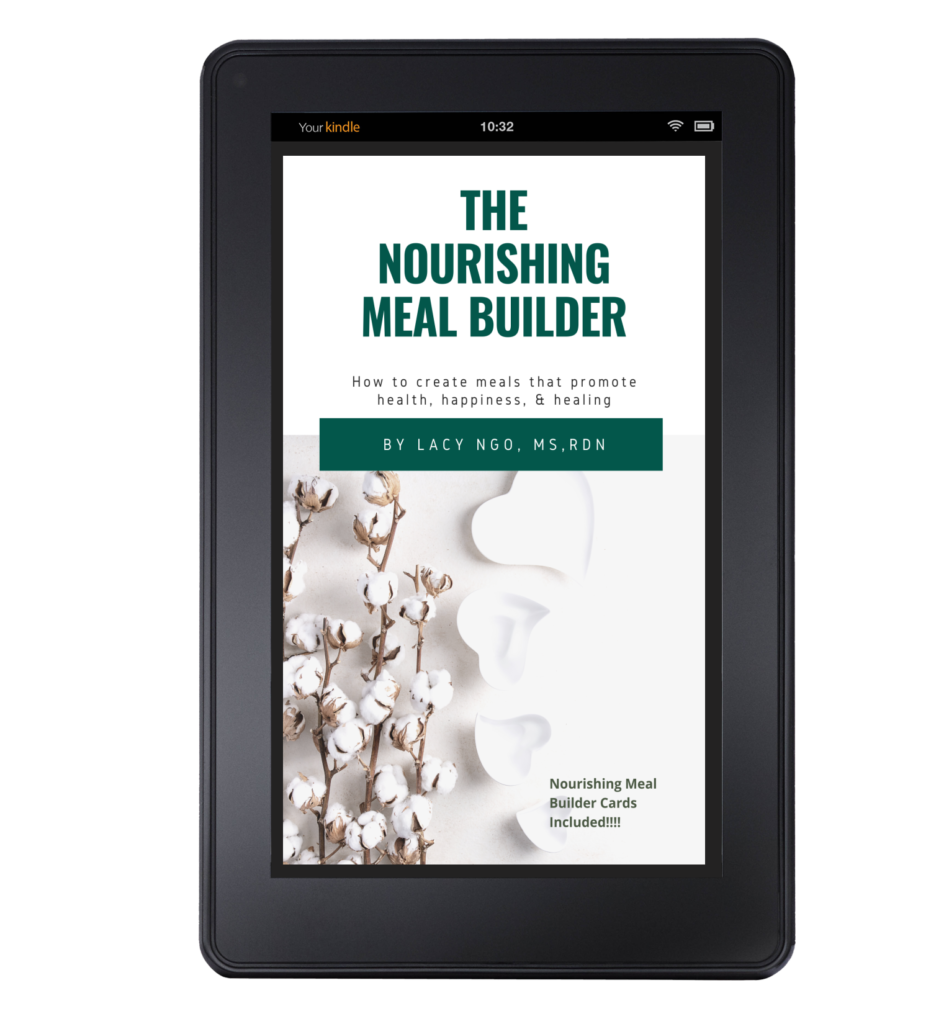
The Nourishing Meal Builder and the included Nourishing Meal Builder Cards take the stress out of cooking nourishing, healing meals! Motivated by her son’s illnesses and her own symptoms, Lacy Ngo became passionate about providing an easy strategy busy families can use to implement research-based nutrition into their daily lives.
After incorporating these strategies into her own life, Ngo was even more convinced that nutrition can change lives:
-Her mood improved
-Her seasonal allergies stopped showing up in the fall and spring
-Her energy improved
-Her acne went away
-Her family got sick less often
-Her son’s behavior and anxiety improved
What’s included in The Nourishing Meal Builder?
-Lists of nutrients and foods that boost mood; promote cognitive function, focus, attention, alertness, and memory; support the immune system; aid in weight loss; and reduce the risk of chronic diseases, autoimmune diseases, Alzheimer’s disease, joint pain, and even seasonal allergy symptoms
-A simple Meal Plan Checklist
-A faith-based mindfulness and mindful eating guide
-Printable Meal Builder cards
Learn More with the “Mindfulness in Faith and Freezer Meals” ebook
The “Mindfulness in Faith and Freezer Meals” ebook not only includes more mindful eating strategies and techniques, but this ebook also includes a detailed freezer meal plan and weight loss guide!
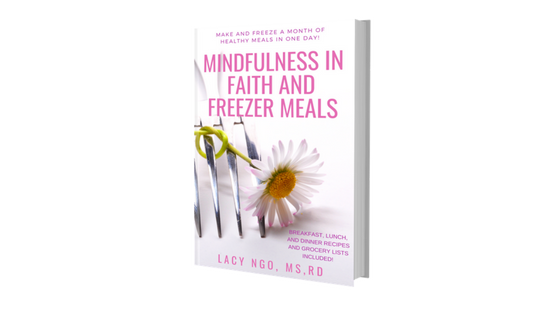
The “Mindfulness in Faith and Freezer Meals” eBook has 22 Chapters full of helpful information and tips including:
- The “What is Preventing You From Living a Healthier Life?” interactive quiz
- Mindful eating techniques and guide
- A Complete Healthy Freezer Meal Plan: You will learn how to cook all of your breakfasts, lunches, and dinners for a whole month in ONE day. Don’t worry, I don’t just give you a bunch of recipes and tell you to cook them in one day. The ebook includes strategies and “Pro Tips” on HOW to efficiently cook your meals in one day.
The goals of cooking all of your meals in ONE Day are:
- More daily free time,
- A decreased grocery bill,
- Healthier meals for the whole family,
- Less daily stress, and
- Weight Loss/Weight Maintenance
Learn more about the “Mindfulness in Faith and Freezer Meals” eBook here.
What Others are Saying about the “Mindfulness in Faith and Freezer Meal” ebook
“I have lost 17 pounds since I started eating these freezer meals. They are healthy AND taste great!!! We are now eating at home more, which has made a huge difference!” Chad, South Carolina
“As I read this book, I kept thinking, ‘this is so much more than a freezer meal cookbook! Lacy needs to be a life coach! She has such a positive outlook on life!’ “The Mindfulness in Faith and Freezer Meals” ebook is so uplifing and encouraging!” Wendy, South Carolina
“I can actually see a decrease in my grocery bill since I started eating these freezer meals, and my kids love them! We are eating healthier now. Plus, we are eating more meals together as a family!” Nicole, South Carolina
Click here to learn more about the “Mindfulness in Faith and Freezer Meals” ebook.
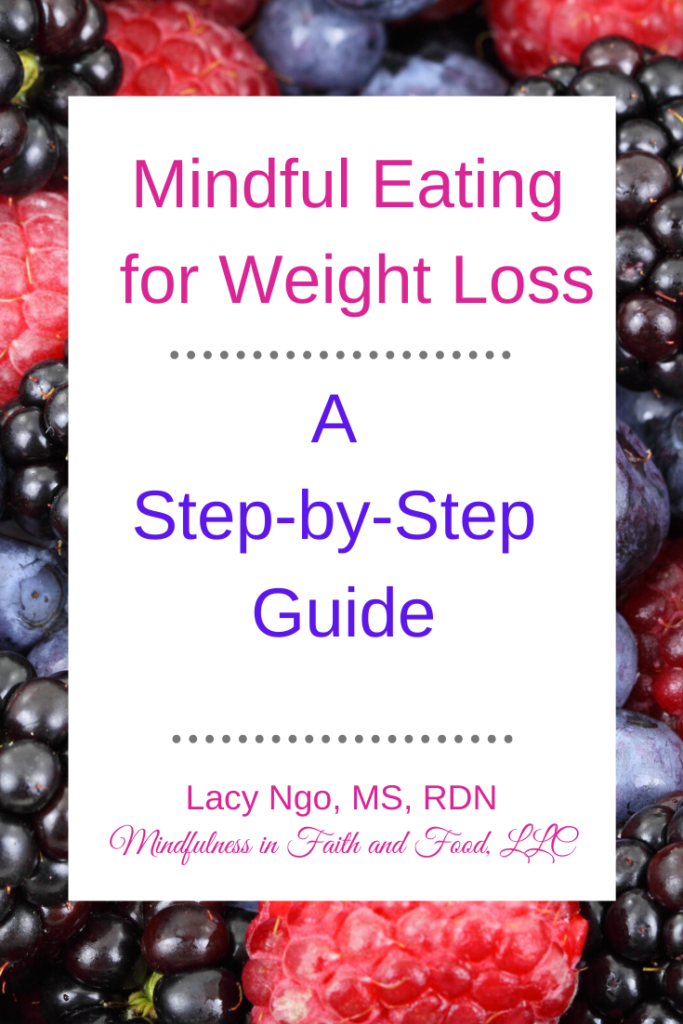
This article has been updated and was adapted from 18 Weeks to a Healthier, Happier, More Purposeful Life. This unique book was written by Lacy Ngo, a dietitian nationally recognized as a top expert in faith-based mindfulness and evidence-based nutrition. She shares the exact steps that, based on science, produce the most dramatic health and weight loss success in her book, 18 Weeks to a Healthier, Happier, More Purposeful Life. This book is like nothing you have ever seen before. It combines faith and science. Both are crucial when it comes to producing real change because real change involves the mind, body, and spirit.
You are free to retain any and all content here for personal use, but need permission to use it anywhere else on the internet.

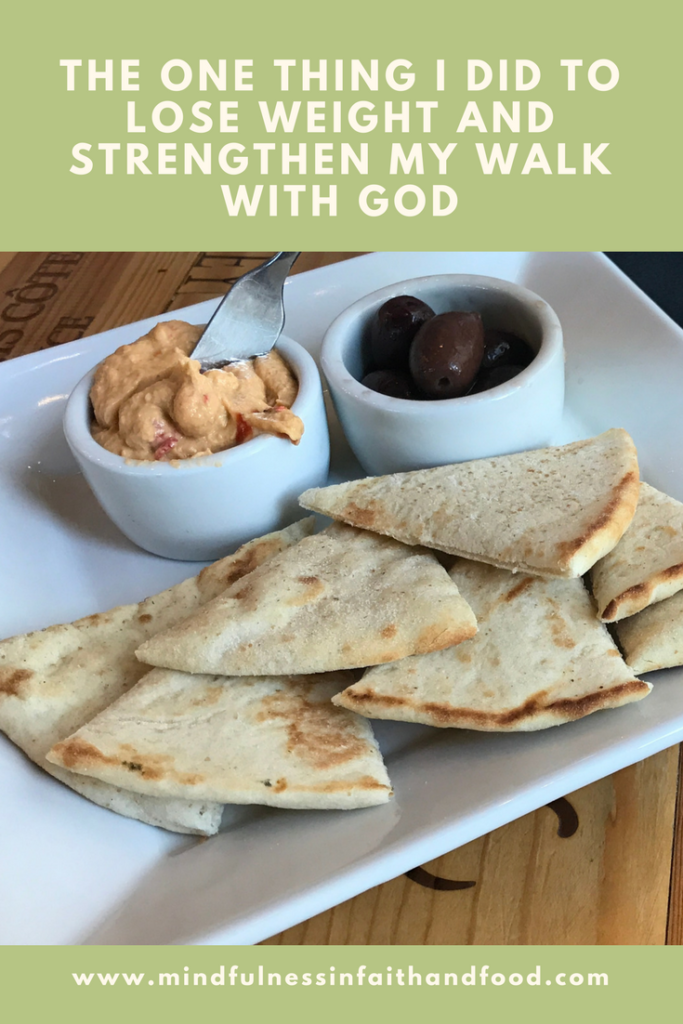




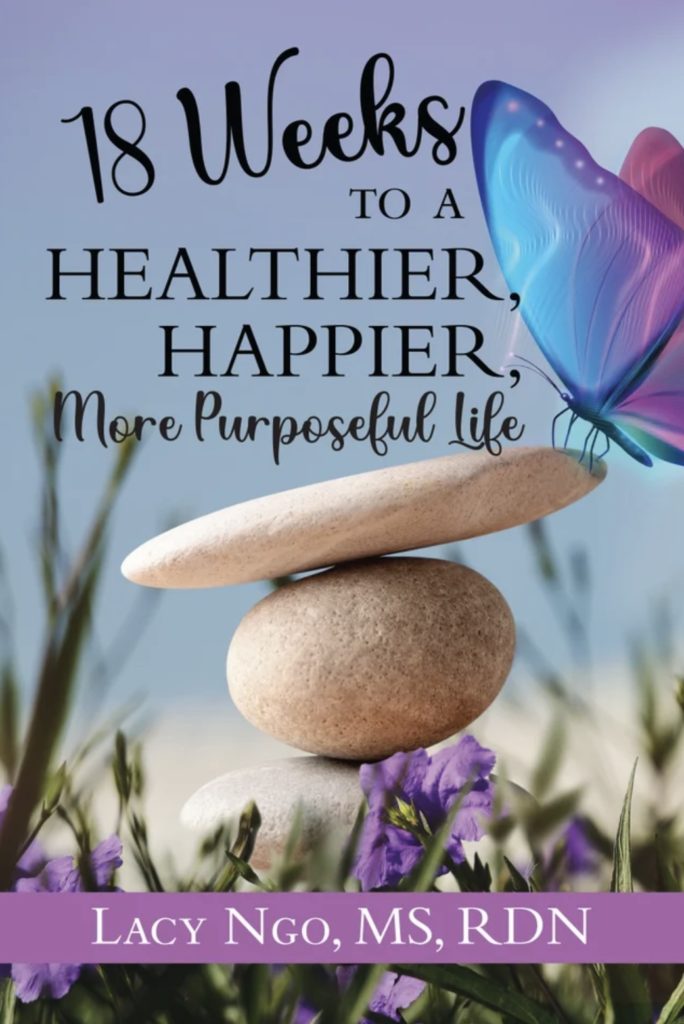
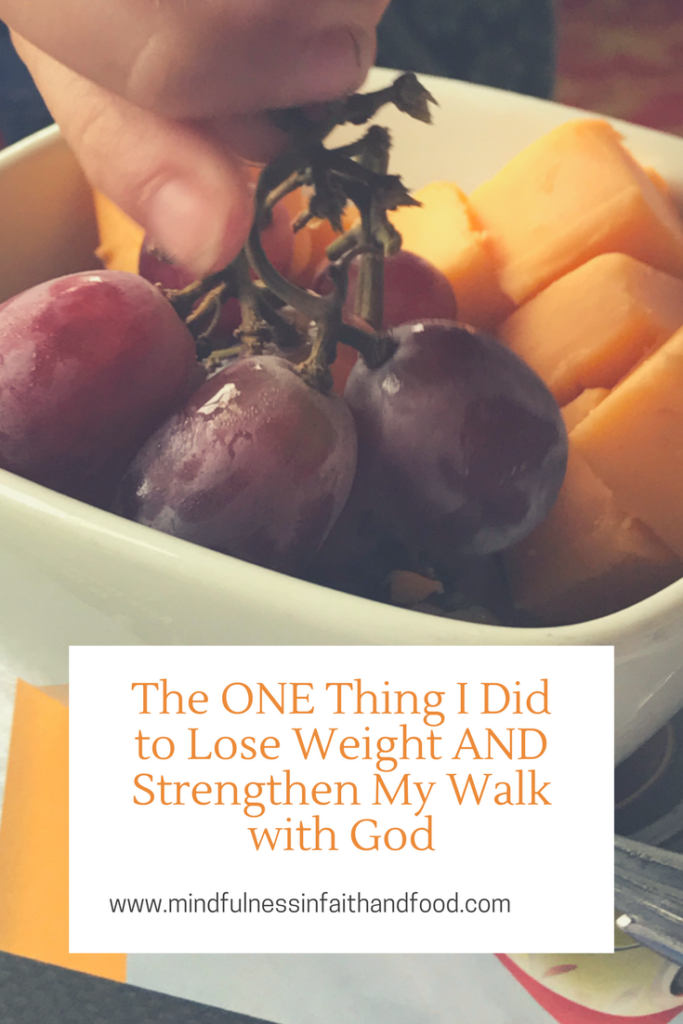
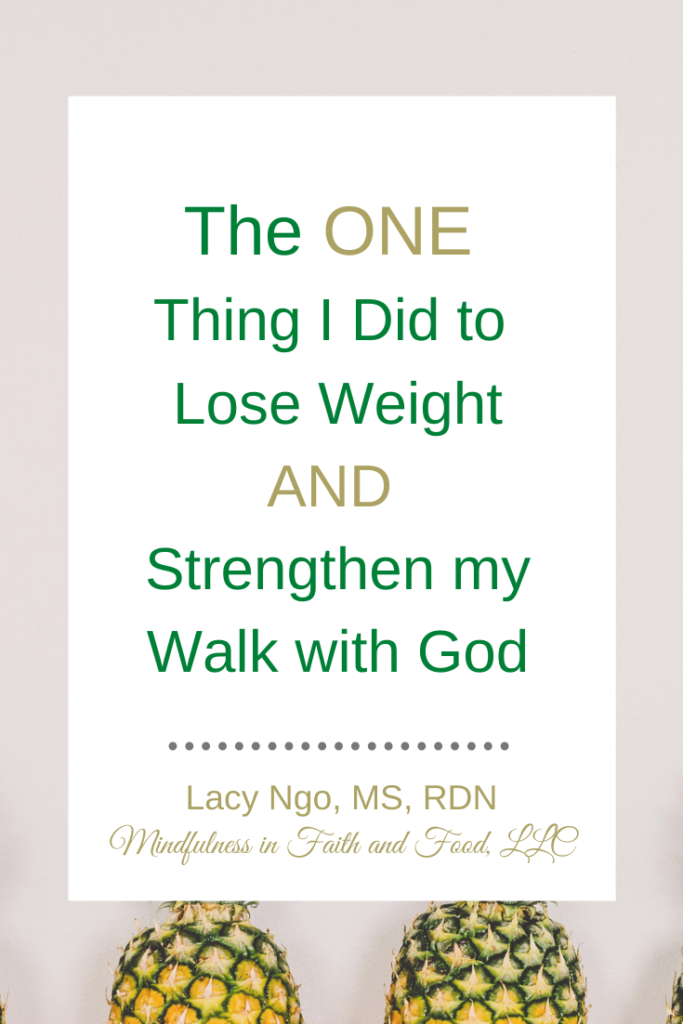

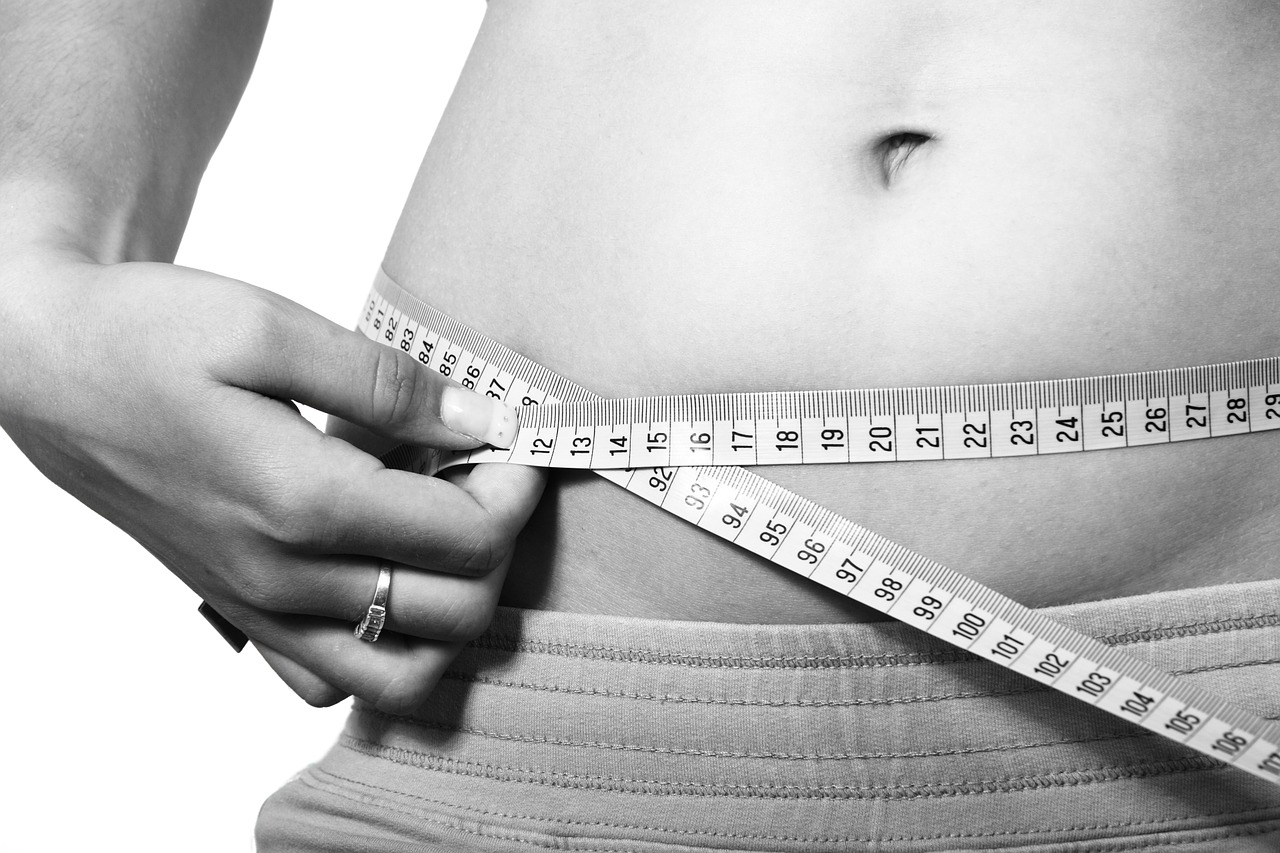
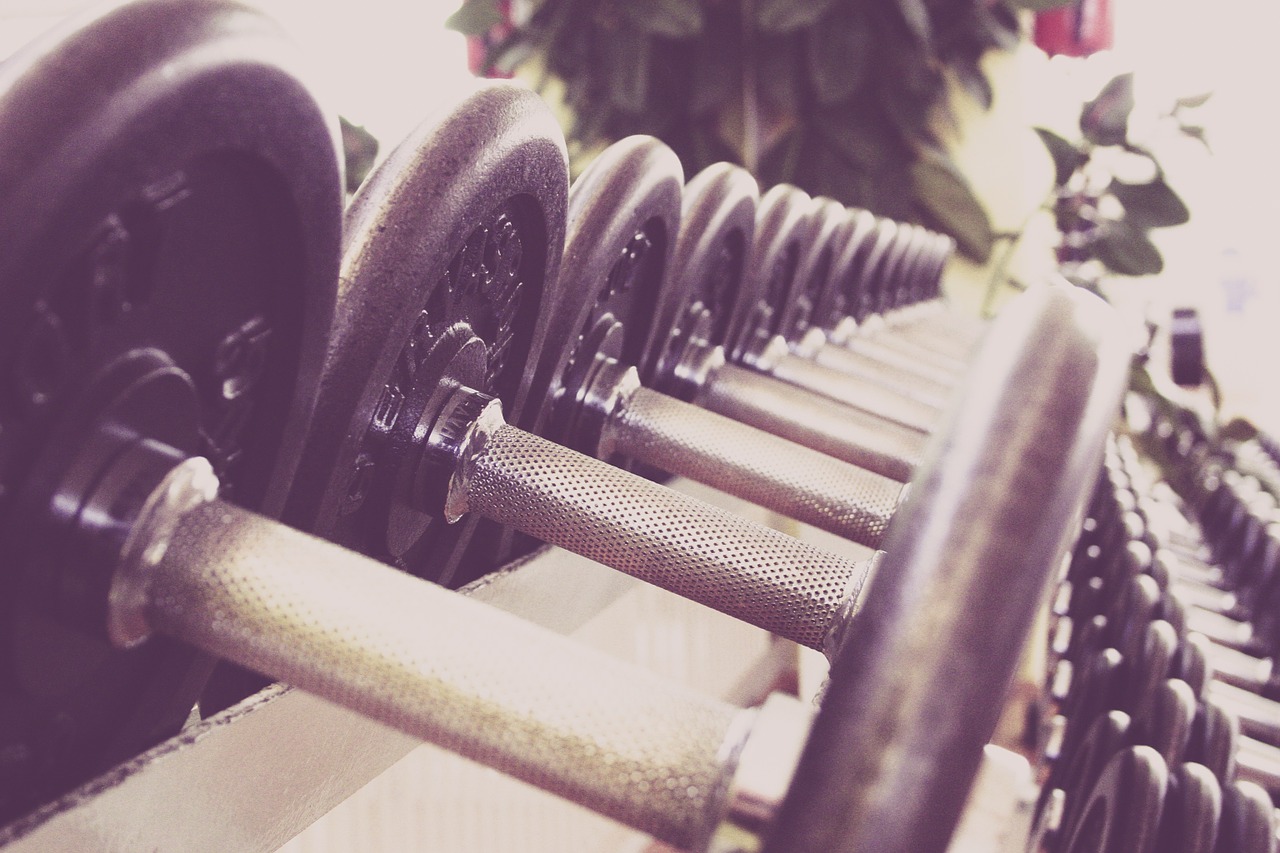
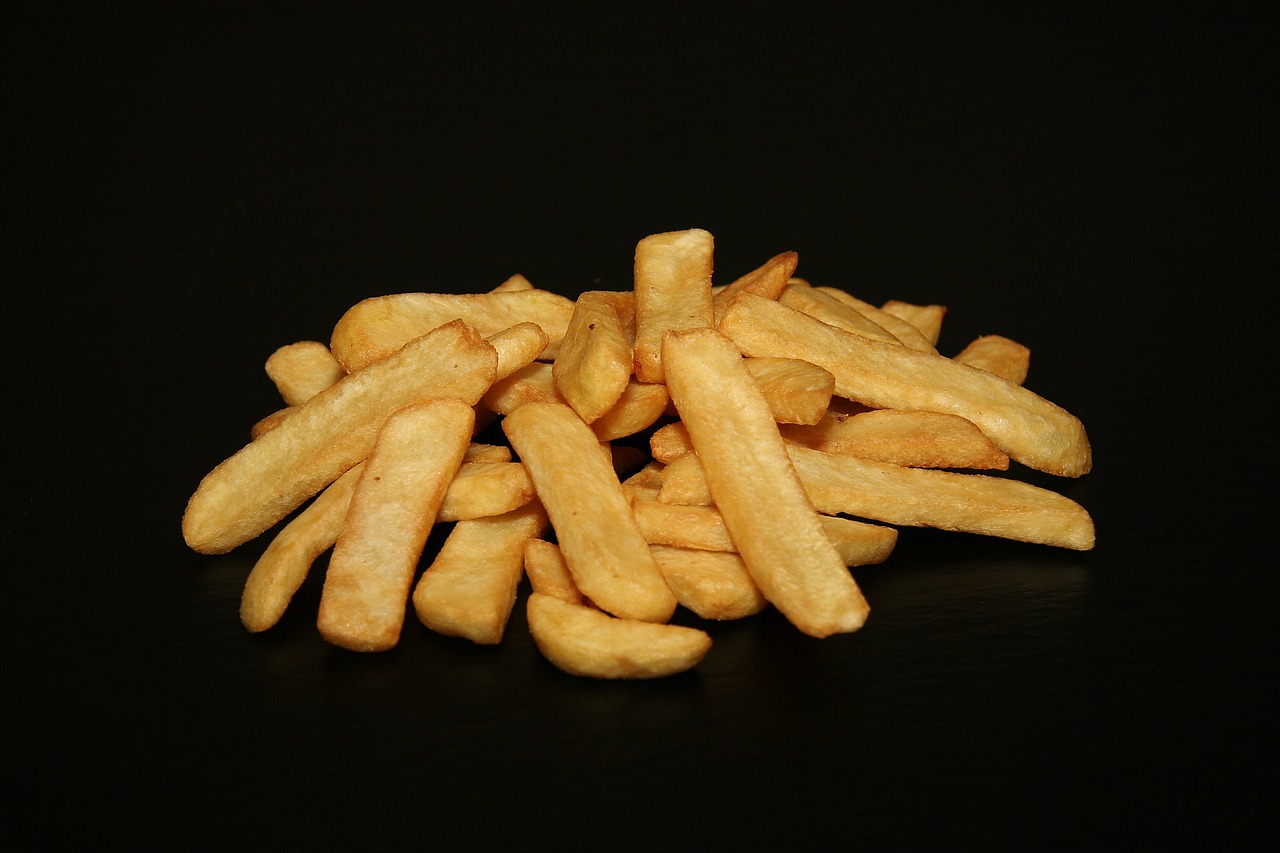
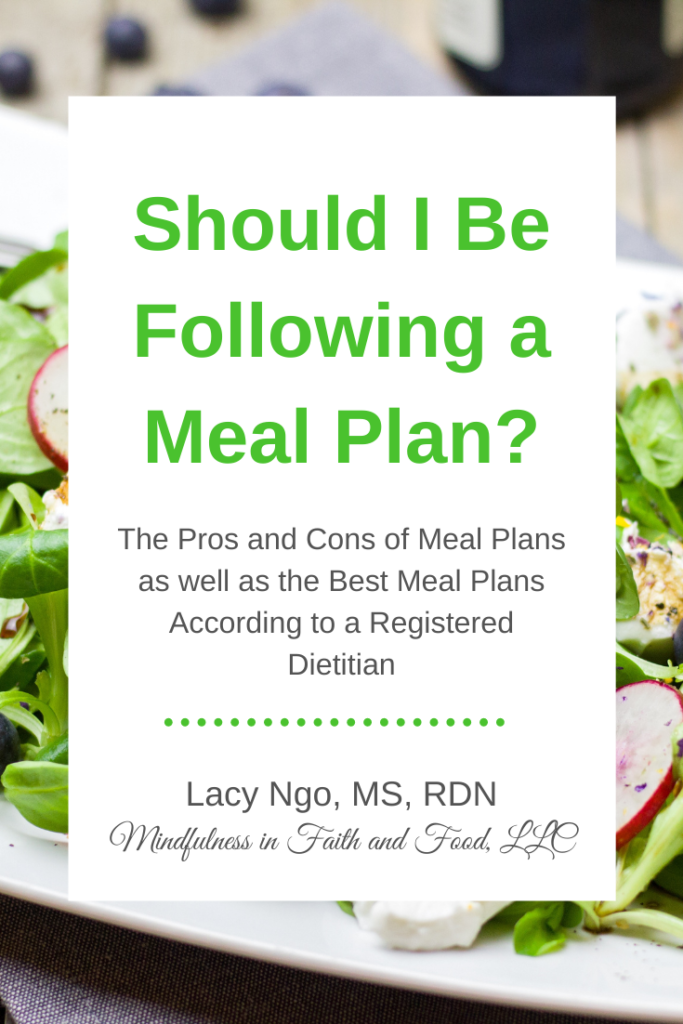
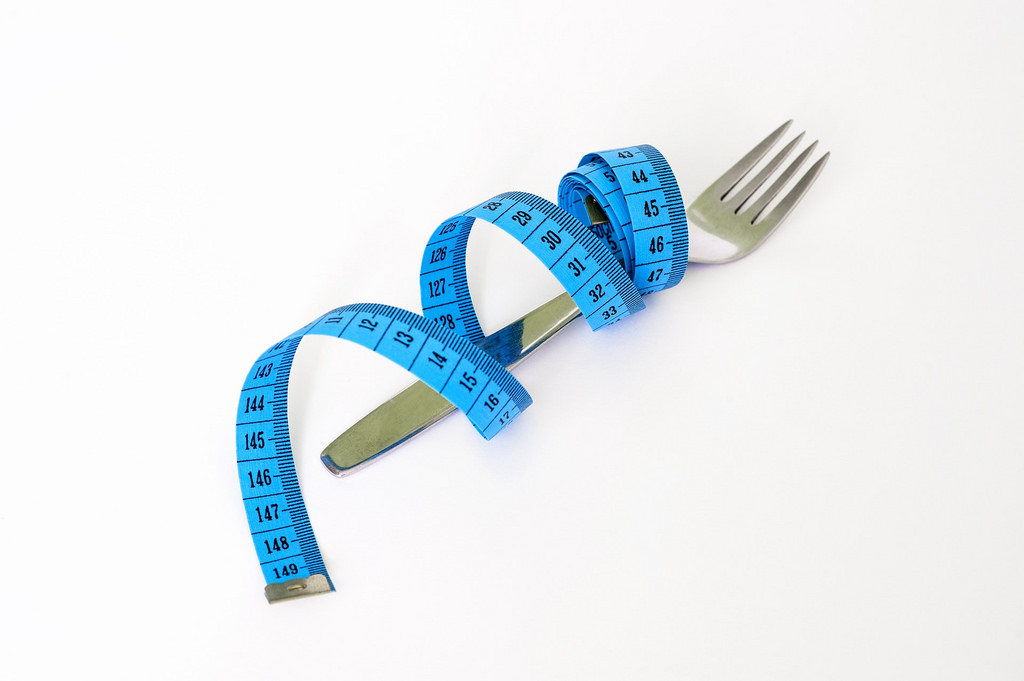
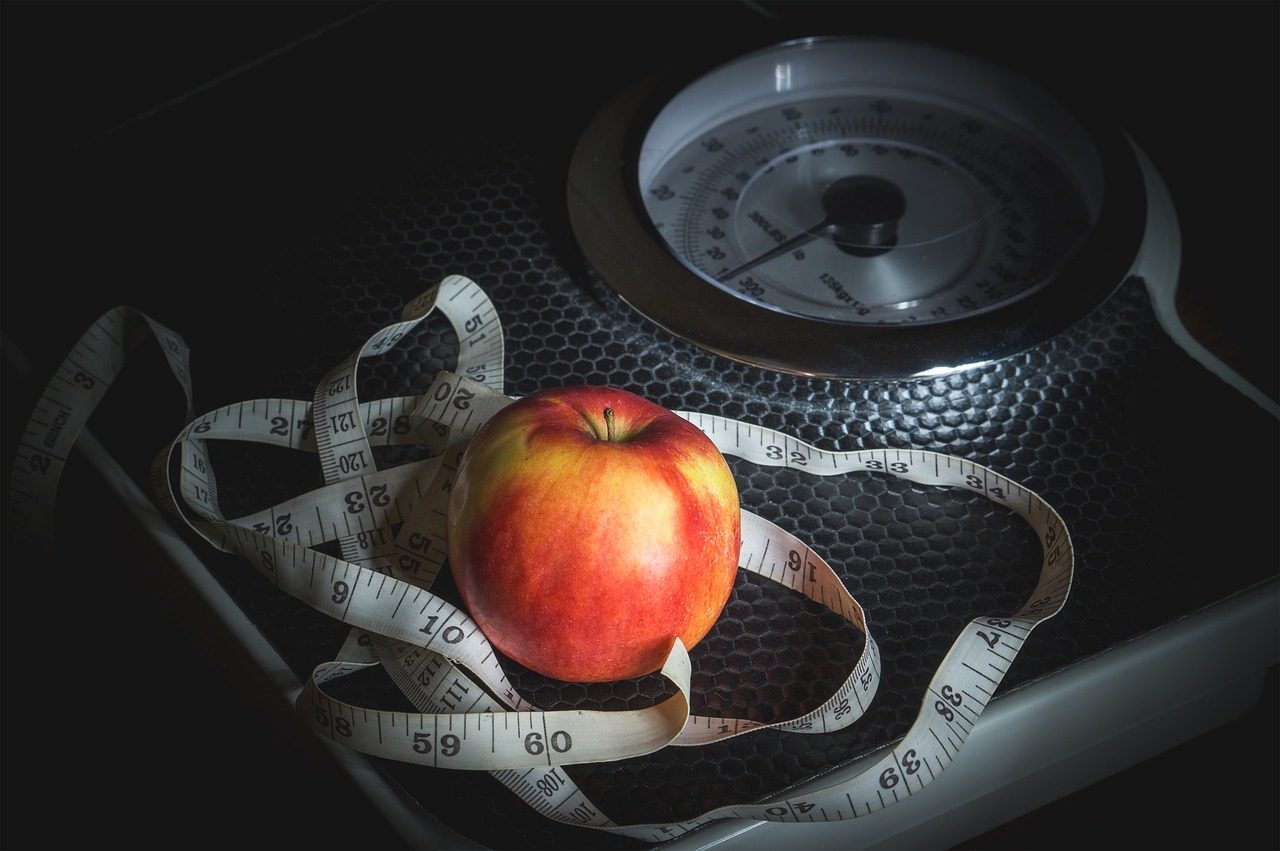
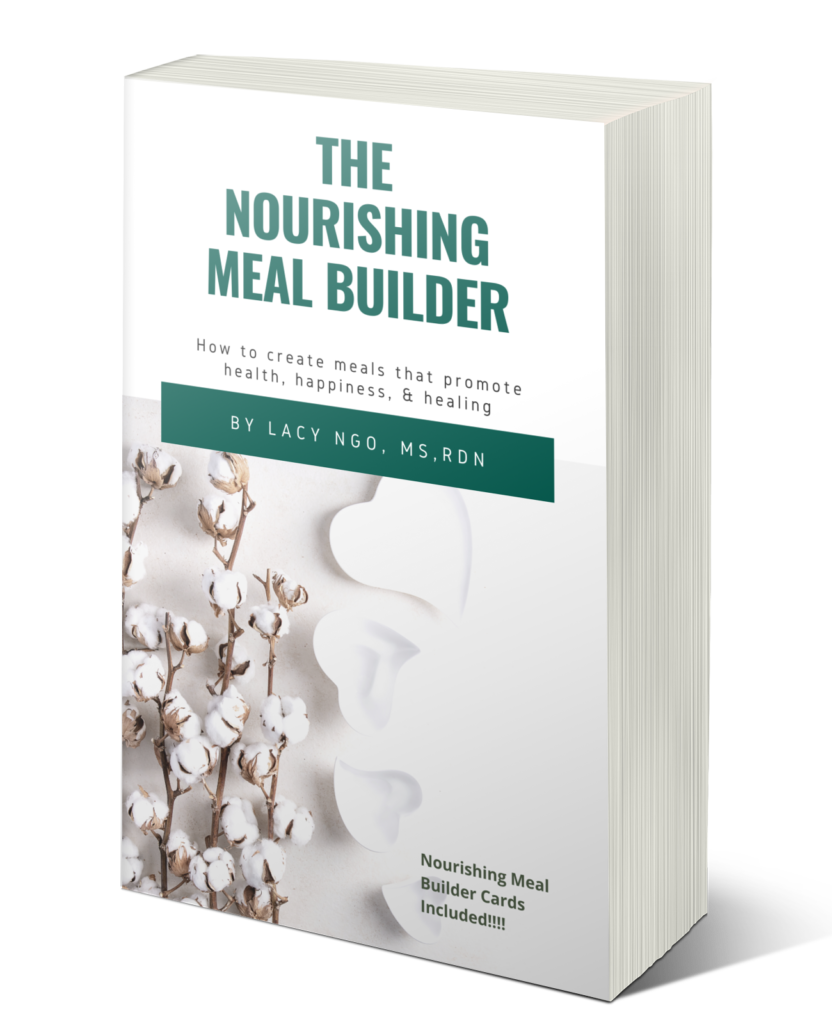
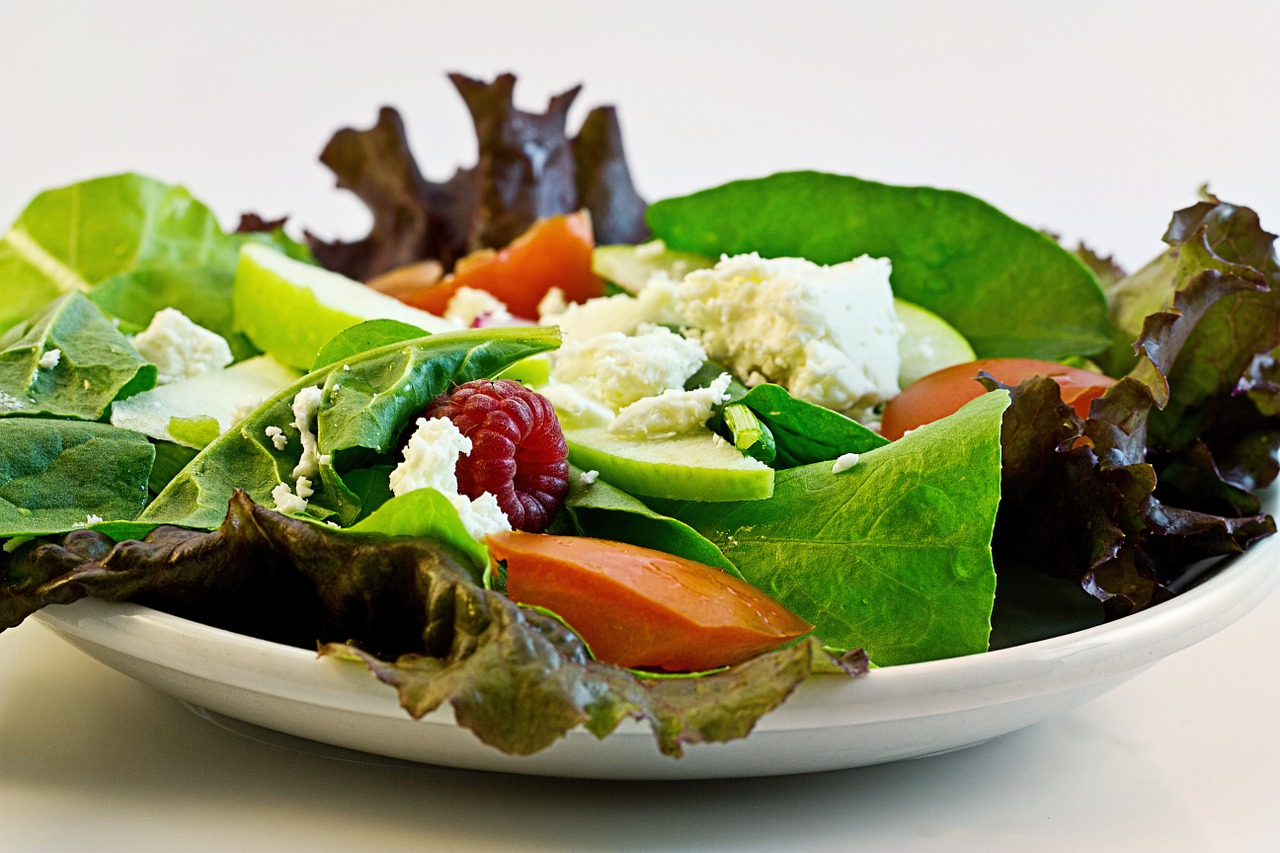
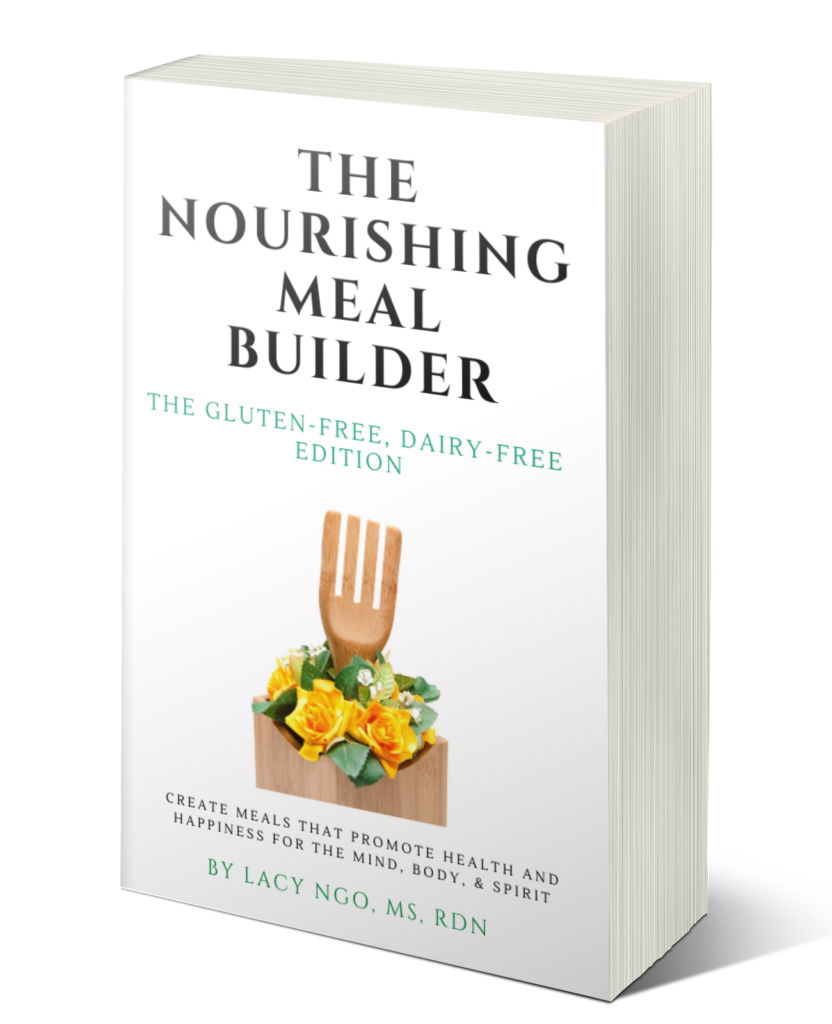
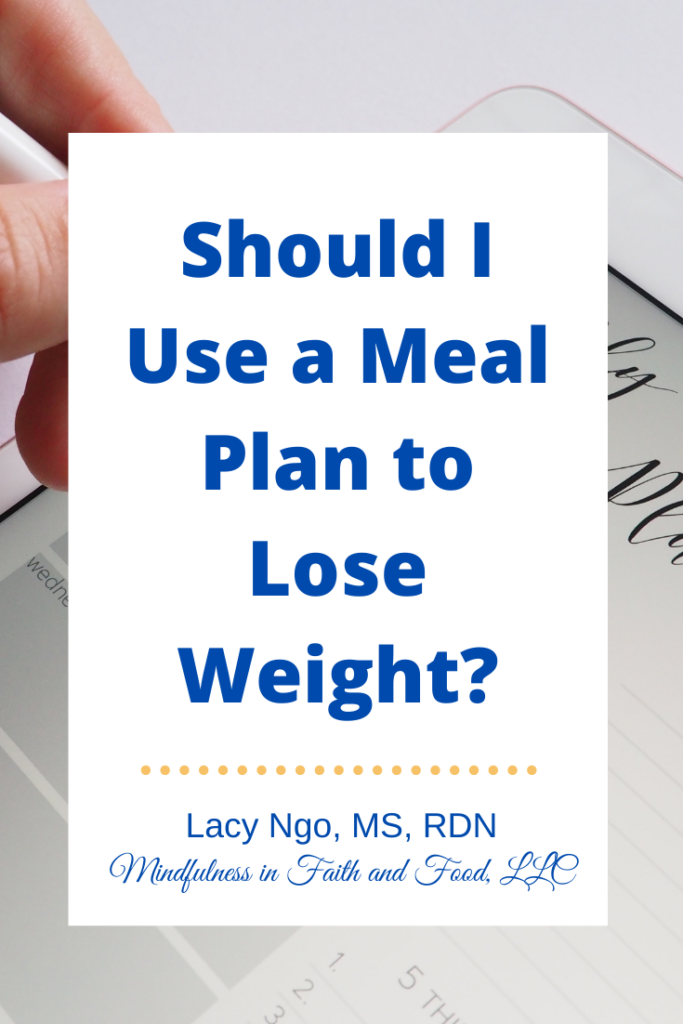
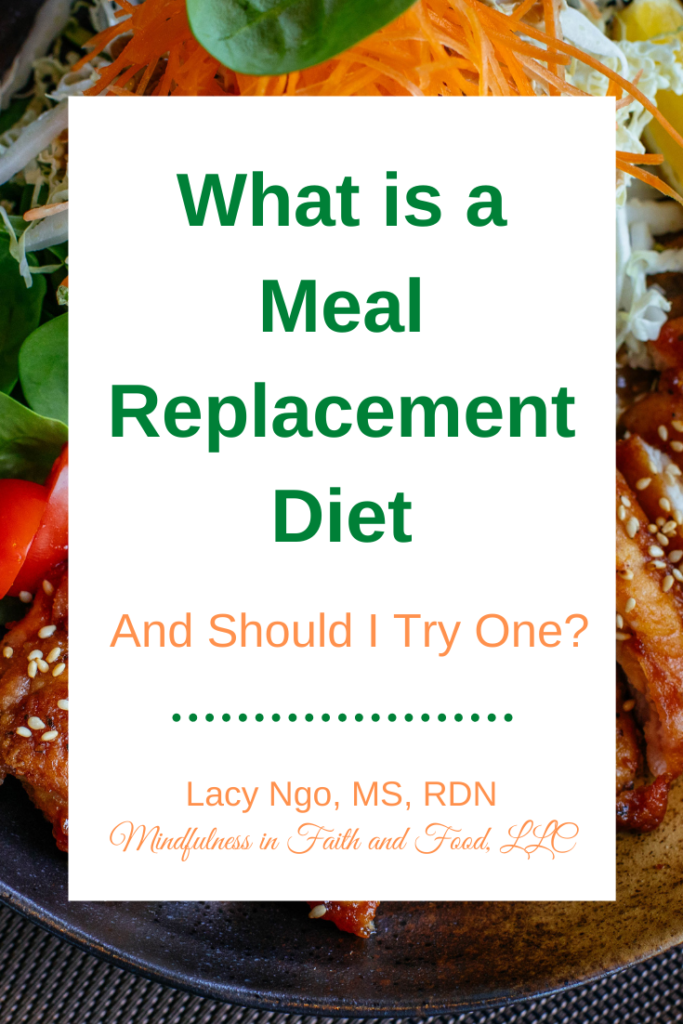
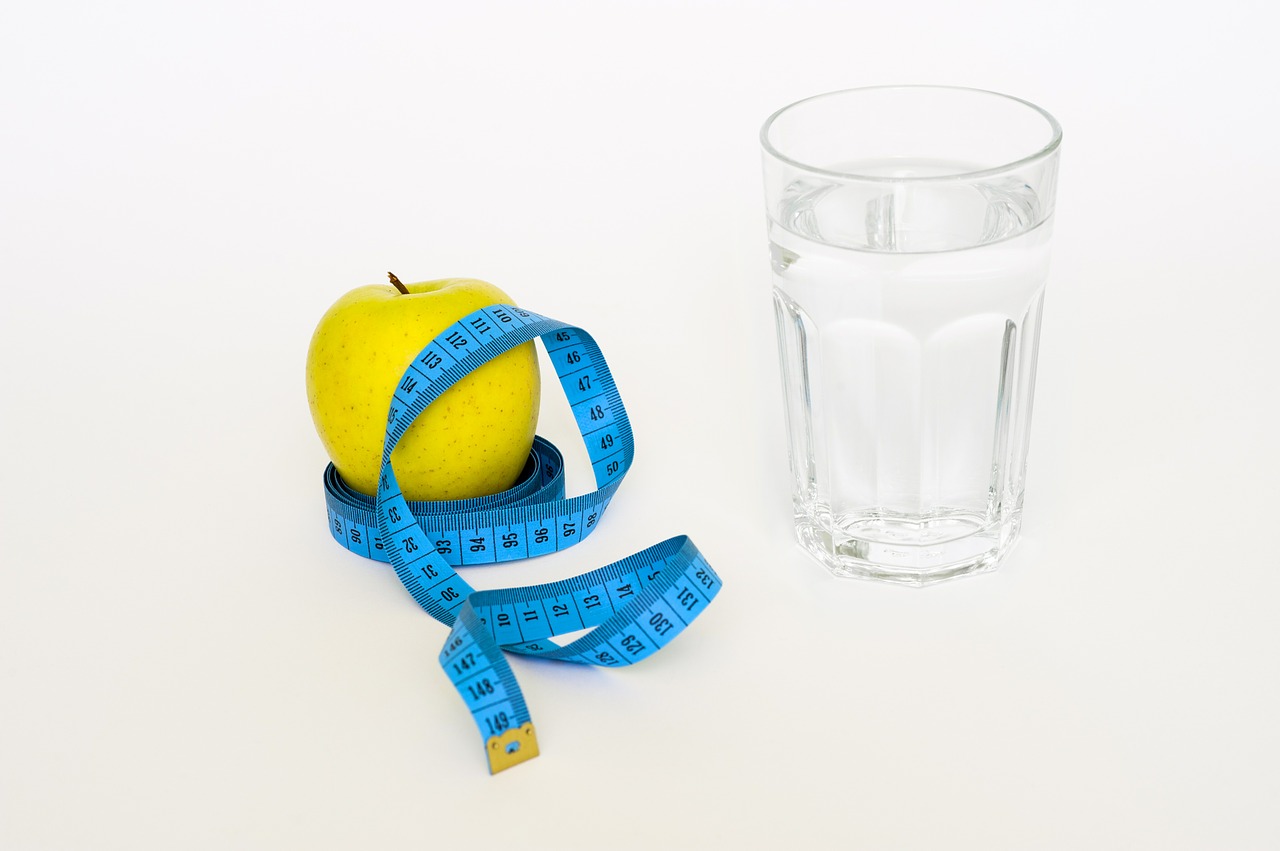
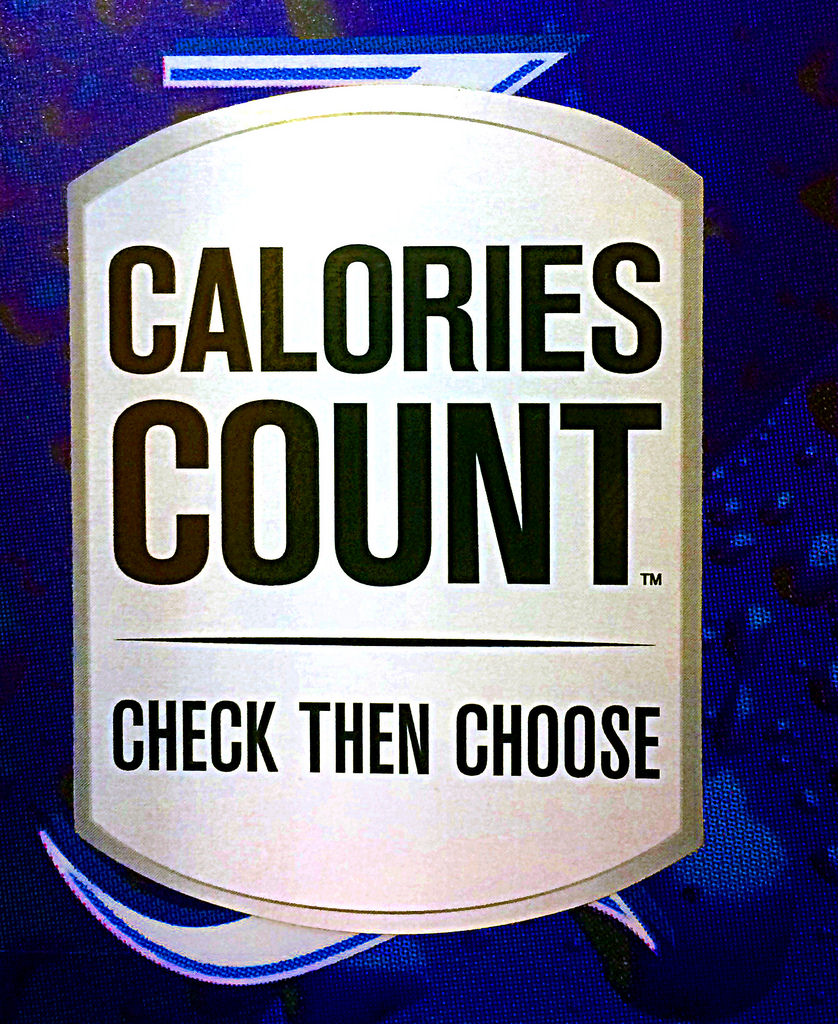
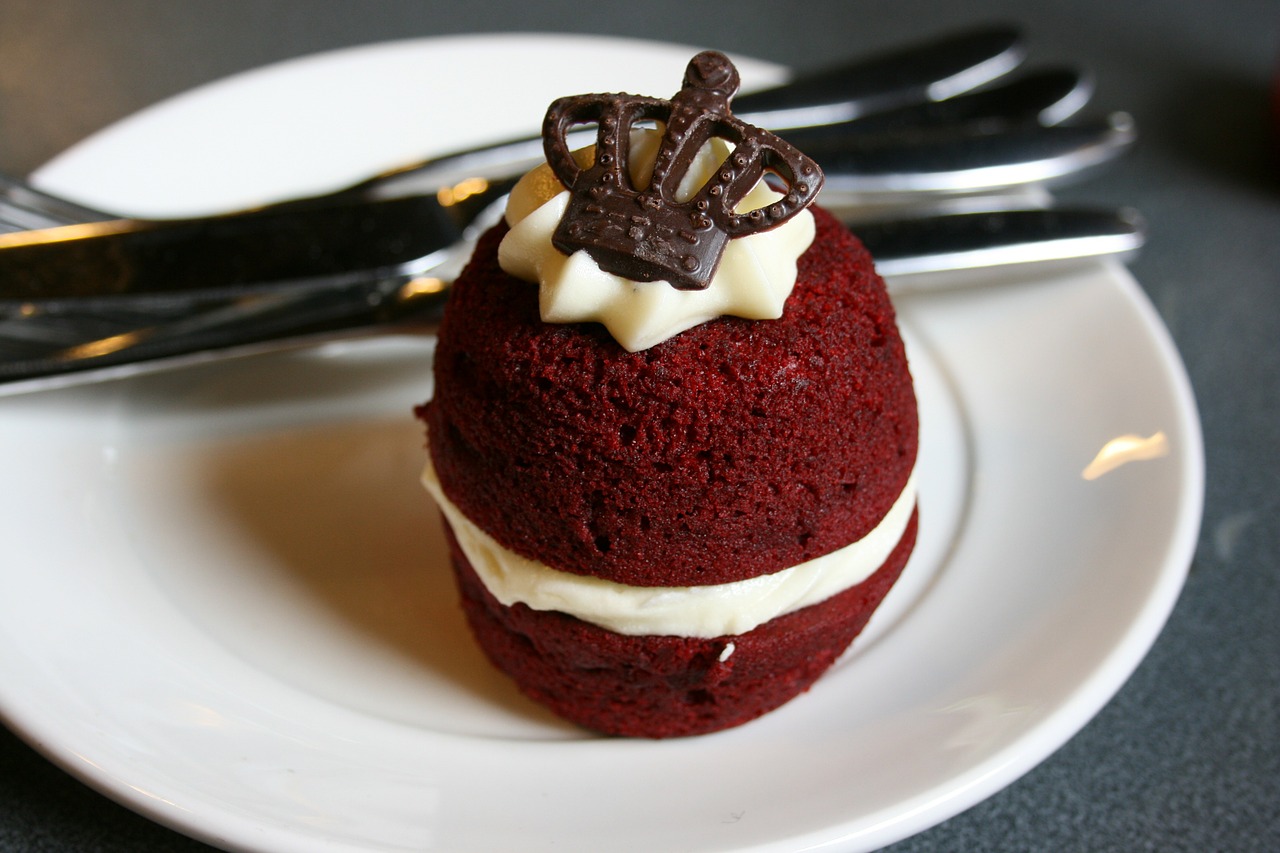 *If you would like to evaluate your own diet and determine which tips work best for you, please take the free
*If you would like to evaluate your own diet and determine which tips work best for you, please take the free